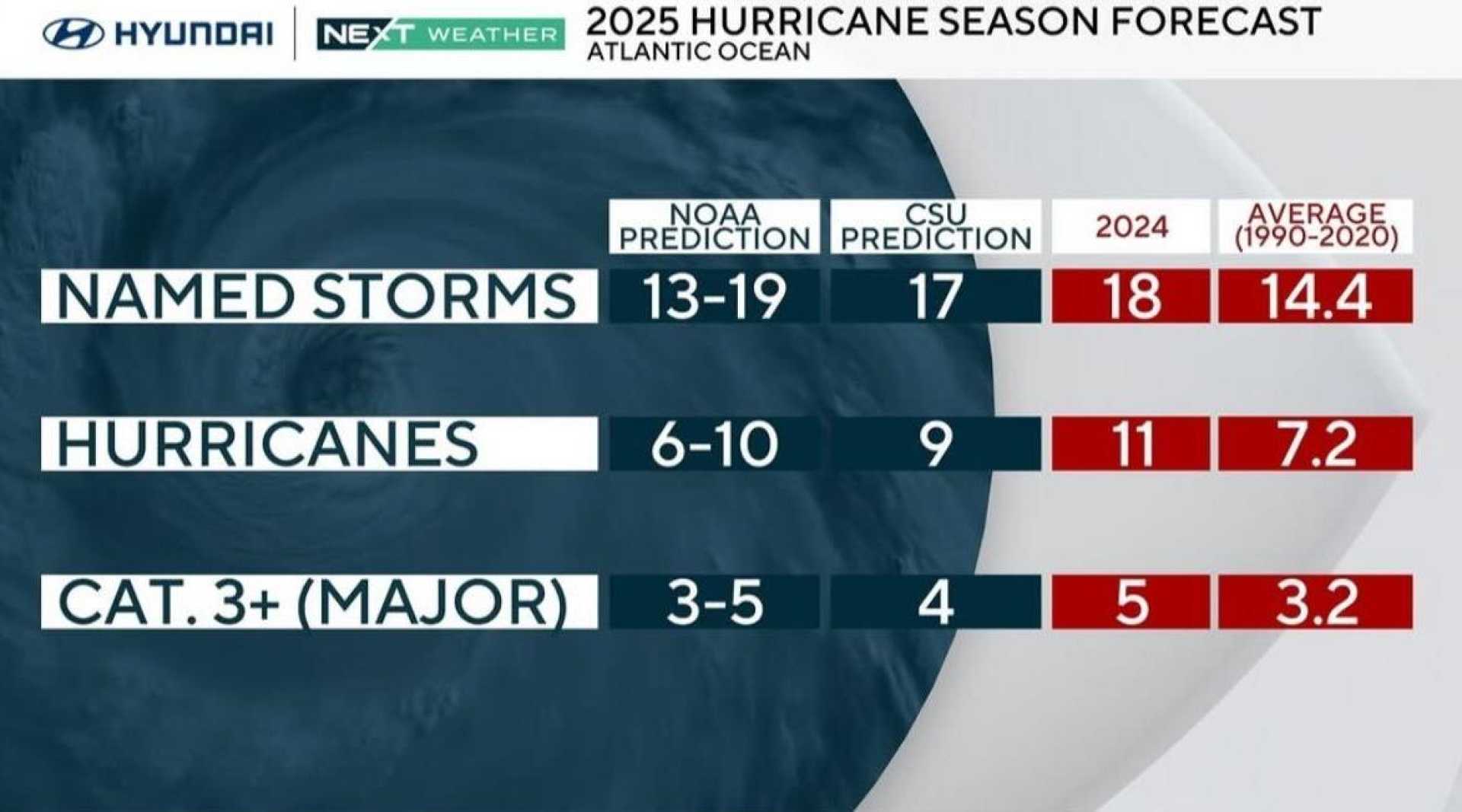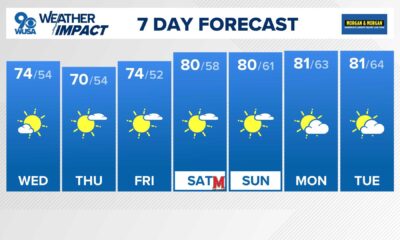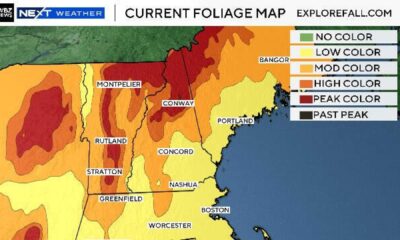News
NOAA Predicts Above-Normal Hurricane Activity for 2025 Atlantic Season

GRETNA, La. — The National Oceanic and Atmospheric Administration (NOAA) announced predictions for the 2025 Atlantic hurricane season on May 22, forecasting a substantial chance of above-normal activity.
The agency projects a 60% chance of an above-normal season, a 30% chance of a near-normal season, and a 10% chance of below-normal activity. Their outlook anticipates between 13 to 19 named storms during the season, which runs from June 1 to November 30.
Six to 10 of these storms are expected to develop into hurricanes, with three to five potentially becoming major hurricanes, classified as Category 3 or higher, which means winds of 111 mph or more. NOAA officials express a 70% confidence level in these forecasts.
Commerce Secretary Howard Lutnick emphasized the advanced technology used in forecasting. “With these models and forecasting tools, we have never been more prepared for hurricane season,” he said.
During a news conference at the Jefferson Parish Emergency Operations Center, Acting NOAA Administrator Laura Grimm highlighted that hurricanes can have severe impacts far beyond coastal areas. “NOAA is critical for the delivery of early and accurate forecasts and warnings, and provides the scientific expertise needed to save lives and property,” she said.
The agency’s outlook indicates that the active hurricane era continues, driven by factors such as warmer ocean temperatures, weak wind shear, and heightened activity from the West African Monsoon. These conditions typically favor tropical storm formation.
NOAA’s National Weather Service Director Ken Graham stated, “This outlook is a call to action: be prepared. Take proactive steps now to make a plan and gather supplies to ensure you’re ready before a storm threatens.”
NOAA also plans improvements to its forecasting and response systems to enhance public safety during the season. Their upgraded Hurricane Analysis and Forecast System is expected to increase accuracy in storm tracking and intensity by about 5%.
The last 20 years have seen significant advancements in how NOAA monitors weather systems. These advancements include improved models that result in more timely storm warnings, allowing communities more time for preparation.
As the season draws near, NOAA will continue to provide updates on its forecasts and monitoring capabilities, ensuring that communities are well-informed and prepared for potential hurricane impacts.












